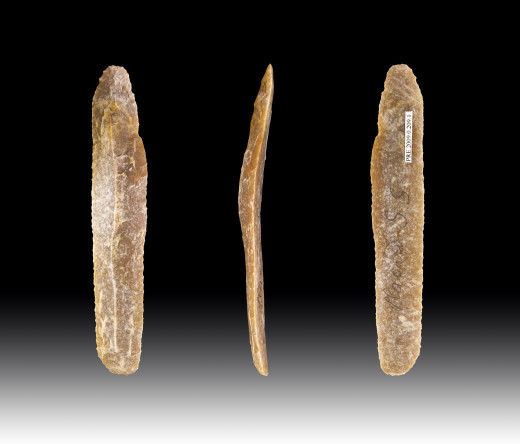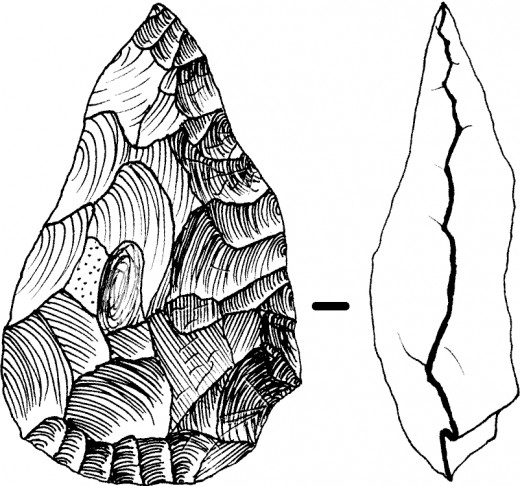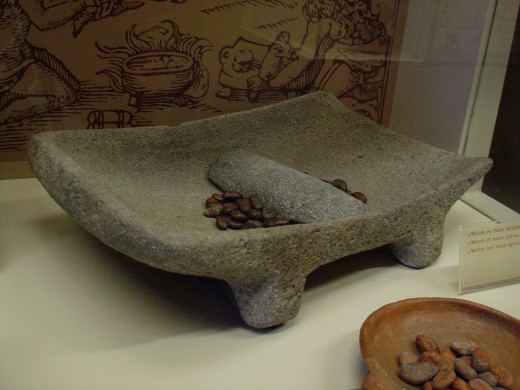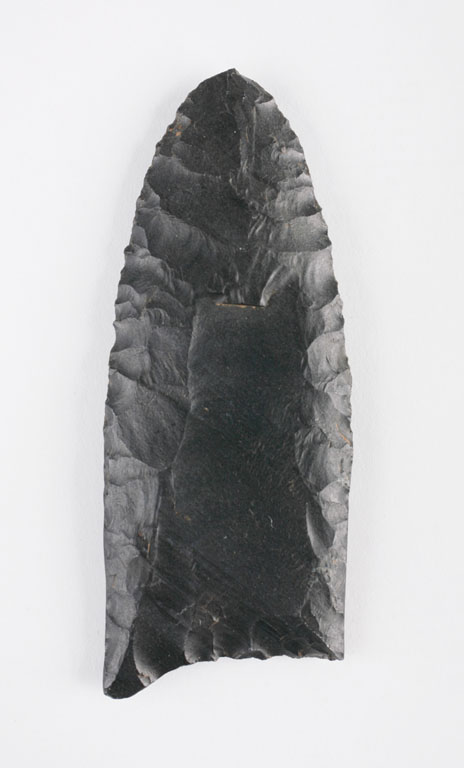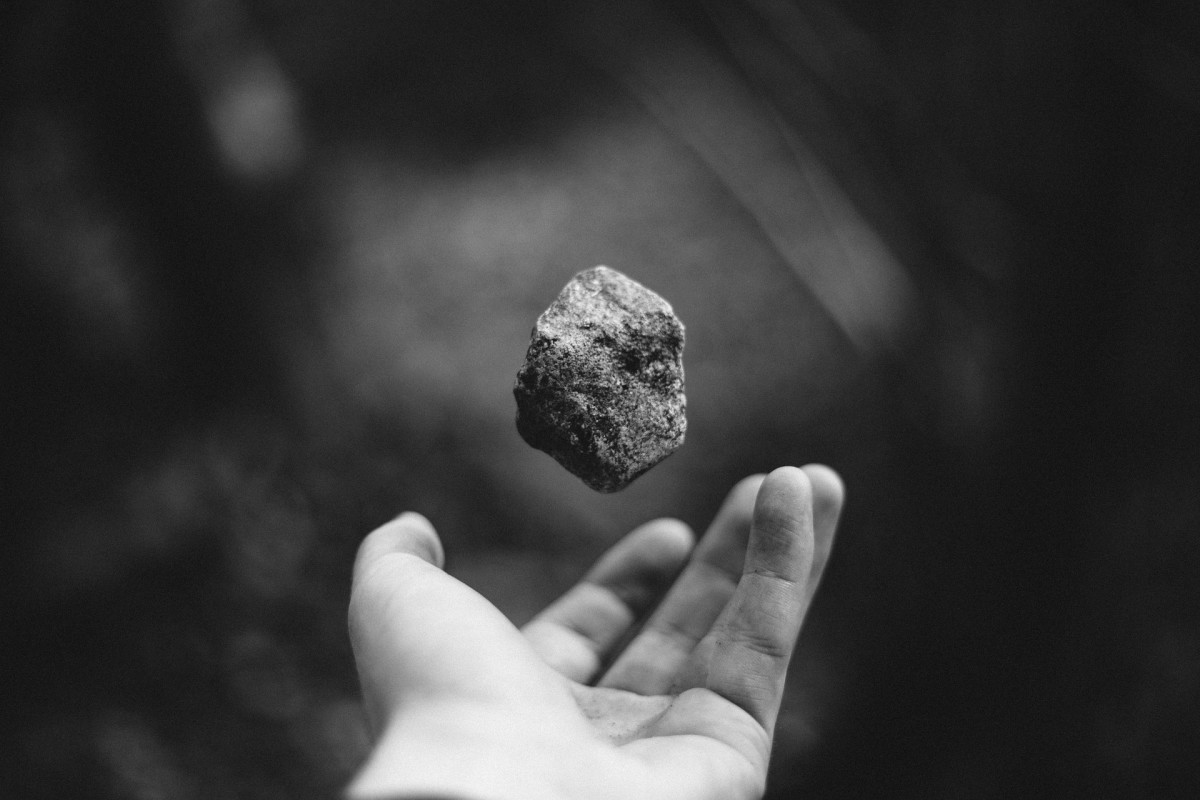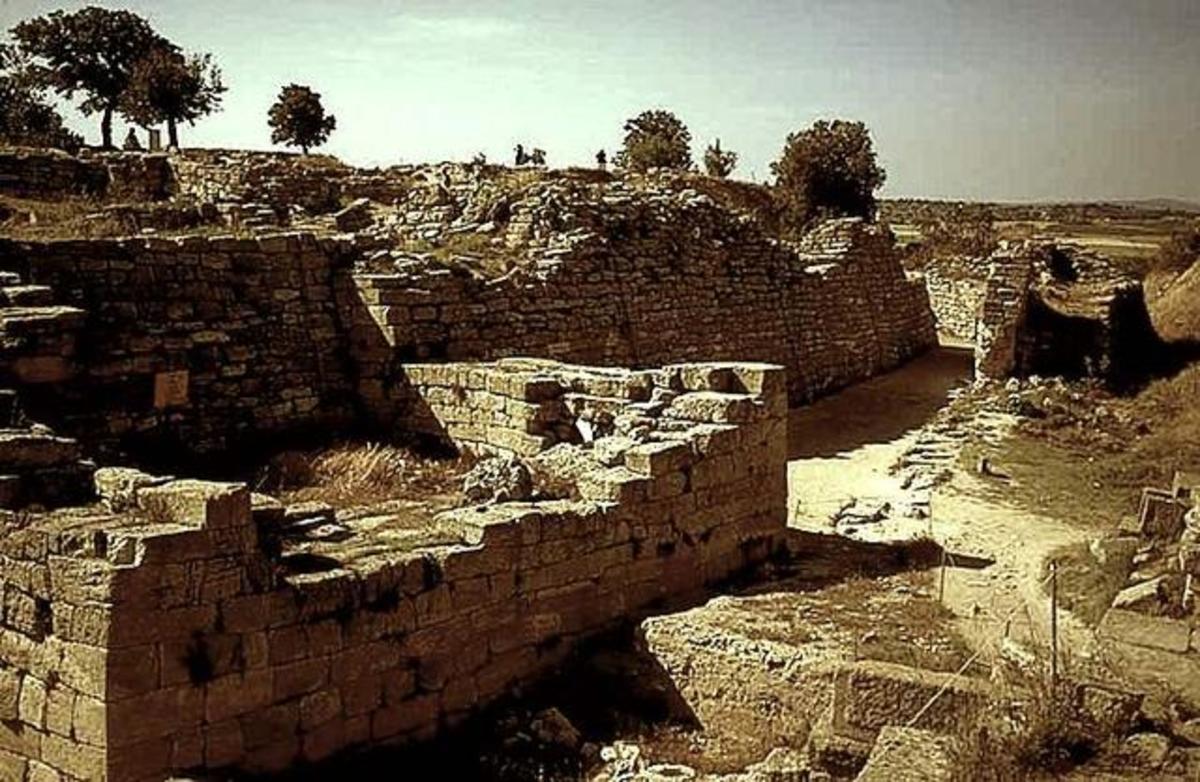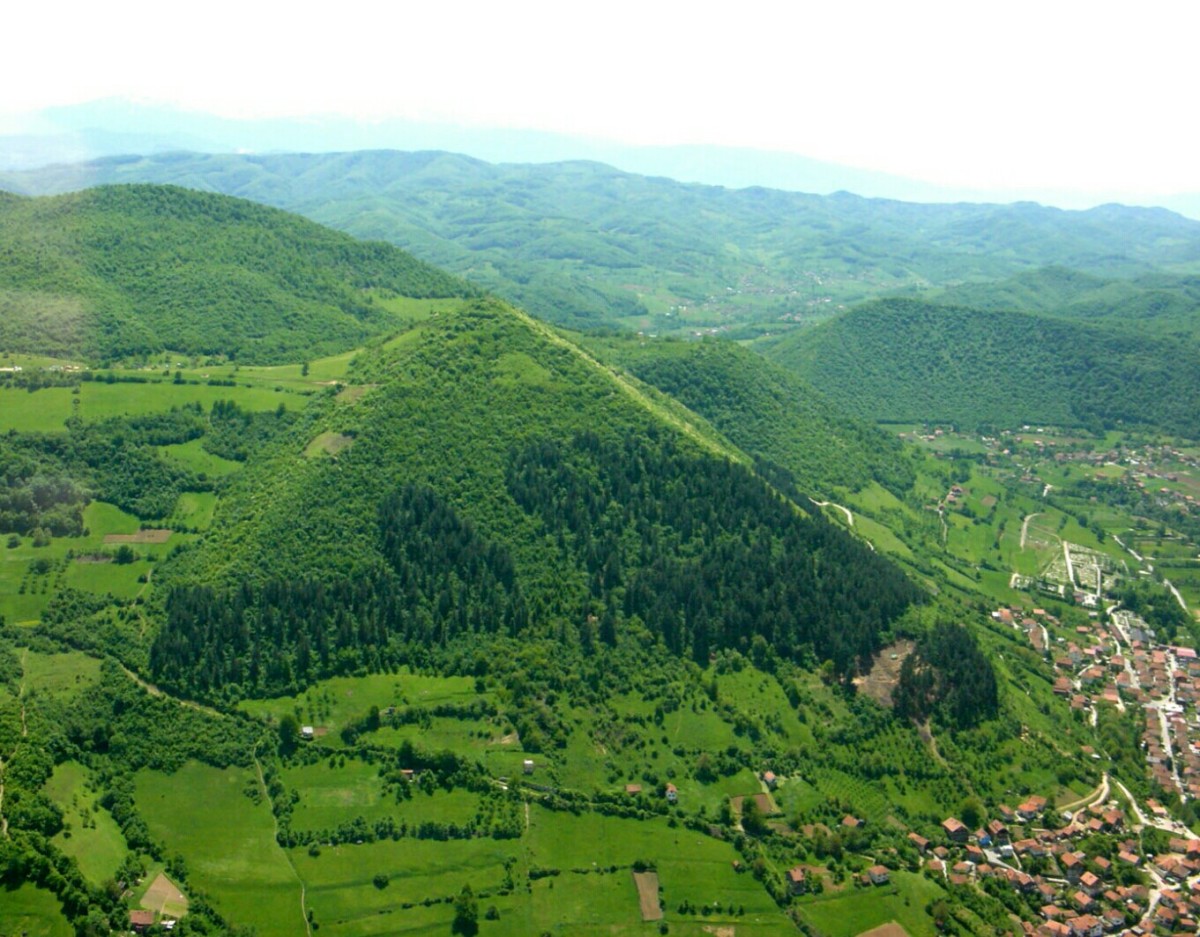Understanding Stone Tools
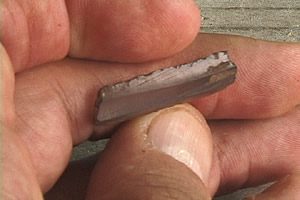
Books On Archaeology
Archaeology is the study of cultural remains. These remains are called artifacts and come in all shapes, sizes, and are produced from a variety of materials. Stone tools are a vital part of these material remains and can tell one many things about past cultures.
For the purposes of this hub, stone tools will be viewed from the perspective of prehistoric cultures. What will be looked at are the importance and uses of stone tools, some of the techniques used in crafting them, characteristics, and how to analyze the debris left behind.
Stone tools are considered extremely important in the study of past cultures as they are some of the few non-perishable goods ancient civilizations used. They can tell the individual looking at them whether or not the material was traded for or brought in from another location, if they were being produced by specialists or the masses, and the types of activities taking place in a certain location.
What Stone Tools Were Used?
Some of the stone tools used by our ancient ancestors were:
- Blades are longer narrow flakes used for cutting meat, animal hides, weaponry, etc. A blade by definition is twice as long as it is wide. However, during the analysis process, some flakes are not as distinct and discretion is left to the archaeologist. An example of blades being used as weaponry comes from the Aztecs. They would craft a long bat like piece of wood and glue blades into notches using chapopote (asphalt or tar).
- A handaxe is a bifacial worked (crafted on both sides) piece of material and are considered the oldest tools used in human history. They are used for cutting meat and tree bark, digging, and throwing at animals.
- Ground stone is a rock being used for the purpose of grinding grains such corn along with other organic commodities such as the cacao (chocolate) bean. An example of ground stone is the combination of a mano (hand held stone) and metate (bowl). A picture below is an example of the two together.
- The projectile point (or arrowhead) is an object that can be hafted (tied) or wedged onto the end of a stick to be thrown or shot with a bow. It was used for hunting and as a weapon against enemies. An example of a projectile point is a prehistoric spear thrown by hand. The spear was later adapted to be thrown with an atlatl, which is a crafted piece of wood with a groove and a notch at the end, to hold the blunt end of the spear. It gives the would be hunter more leverage to throw the spear with greater velocity.




What Are Lithics?
Simply enough, lithics are stone tools. It is just a fancy way for an archaeologist to say the same thing. Anything that was/is used as a stone tool is considered a lithic.
Some of the previously mentioned stone tools, such as blades and projectile points, require some work in order to craft them. Ancient peoples had to chip away at materials they were given, found, or traded. Chipping away at raw materials created flakes. A flake is a piece of rock smashed off the surface of another rock and they come in all shapes, sizes, and some require more work than others.
How Flakes Are Made
In order to produce a flake, a suitable piece of material (obsidian, chert, etc.) must be utilized. If the raw material used to craft a flake is poor (i.e. has impurities), the resulting flake will be of no use to the person crafting the tool.
These tools are crafted through what archaeologist's call, the reduction sequence. It is simply the process in which stone tools are made and is the action of reducing a larger rock (raw material) into a core (a workable piece of rock) to smash off flakes.
Flakes are made through the process of flint knapping. The end result is produced by mastering the techniques of percussion and pressure flaking.
Percussion Flaking
Percussion flaking is a skill that uses a lot of force with less accuracy and the pattern of removal is not as predicable. It is typically used for removing larger pieces of the material and falls under two categories: direct and indirect.
- Direct percussion flaking is when the material is "worked" using another rock or hammer. Thus, the rock is directly hit from another rock/hammer.
- Indirect percussion flaking is accomplished by striking an object that is pressed up against the material being "worked".
(The video below, posted to youtube by paleomanjim, is an example of both direct and indirect percussion flaking.)
Percussion Flaking
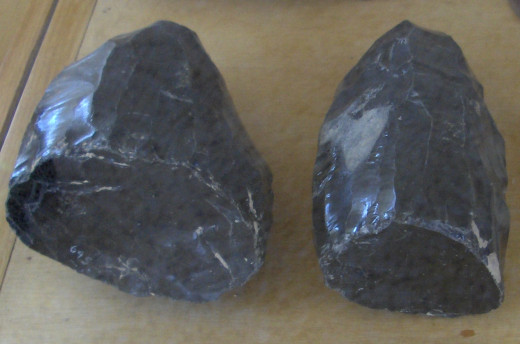
Percussion flaking is a great way to remove the cortex, the outer surface, of a rock. Once this has been accomplished, the rock can be worked into a core, which makies it easier to produce blades.
Cores come in all shapes and sizes. They are often worked to the point of exhaustion as the process of making them is time consuming. After being "spent", the core can be discarded or turned into a tool itself.
From here, pressure flaking may be utilized to take more precise bits of rock off from the tool being crafted.
Pressure Flaking
Pressure flaking is a lot more precise than percussion. The force used to remove material is a lot more calculated and the amount of force used is typically less.
(The video below, posted to youtube by paleomanjim, is an example of pressure flaking.)
Pressure Flaking
Pressure flaking allows the would be user of a tool craft an edge on a piece of material. It is also a great way of touching up a used tool to give it back a sharp cutting surface. The precise flaking gives the individual control in their creation of a lithic.
Flake Characteristics
Flakes and the debris leftover can be very diagnostic as to the types of tools that were being produced as well as the techniques utilized in their production. Below are images of a flake and the characteristics that go along with each flake.
- The dorsal surface is the part of the flake exposed to air (before it has been removed). On it are the marks left behind from other flakes being taken off.
- The ventral surface is the part of the flake not exposed to air (before it has been removied) and shears off the rock. This side of the flake contains information such as how hard the rock was hit.
- A distal portion on a flake is the terminal end of force going through the rock to create a flake. As the ripples get closer and closer to this section, they become flatter and flatter.
- A mesial portion (or medial) on a flake is located centrally, between the proximal and distal portions. The ripples going through this region are not as flat as the distal, but not as rounded as the proximal.
- A proximal portion on a flake contains the platform, bulb of percussion, the erailleur scar, and radial fissures. This is the portion of a flake that the initial blow of pressure to shear the tool off of a rock is given.
- Negative scars are the areas left behind from the removal of previous flakes. They are found on the dorsal surface of a flake.
- Arrises are the ridges created by negative scars.
- The bulb of percussion is the bulge created on the ventral surface of a flake from the initial hammering off of the flake. The bulb is created by the build up of pressure as it is then released through the rock removing the flake and creating ripples.
- A platform is the part where the "hammer" is smashed into the rock to start the process of creating a flake.
- The ripples are created from the release of energy through the rock. They start off rounded on the proximal section and then flatten out as they reach the distal section.
- An erailleur scar (missing from image) is a secondary flake caused when the rock is hit with a lot of force. It occurs on the proximal portion and is found on the bulb of percussion, just below the platform. Not every flake has an erailleur scar.
- Radial fissures (missing from image) are located on the proximal section as well and represent fractures in the flake caused by the initial strike. They radiate in a 180º semicircle from the platform.
Flake Characteristics

How Do Broken Pieces of Rock Teach Us About Past Cultures?
The analysis of the whole process is the best and hardest part. It is the time when the archaeologist must get creative with their thinking and look at the pieces from outside the box.
How can you tell whether or not the material has been traded or brought in from another location?
Based on the type of material found at the site, one is able to tell whether or not the rock is found locally. If the rock is not locally mined, it must have come from another location.
After finding out whether or not the material is natural occurring in the area of study comes the question of whether it was obtained through trade. A difficult question to answer that can be found out through asking other questions, like the ones below, and was the material controlled by someone or a social class, what are the types of stone tools being found, along with many others.
What are some signs of specialization in tool production?
Figuring out whether or not the tools were made by specialists or your "average joe" can tell one a lot about an ancient economy. For one, specialization is a sign of a sedentary lifestyle and trade. People were interacting with each other on a daily basis to provide for the smallest and most important unit of an economy, the household.
How do broken pieces of rock tell you what was going on in a certain area?
These broken pieces of rock have a wonderful way of leaving clues for us today to figure out what people were doing in the past. The debitage (garbage) left in a location is indicative of the types of tools being produced and used. It also tells us if the location was a production or consumption area. This in turn can bring us right back to the initial question. Were the tools being brought in or traded?
These are merely a few questions an archaeologist may or may not ask themselves based on what they are in search of answering.
Final Thoughts
Stone tools and the process of making them provide a medium for archaeologist to answer questions of the past. Since they are non-perishable, they are vital for anyone researching ancient civilizations to understand. Not only is an understanding of what they can do or how they were used important, but so is how they were made.
© hockey8mn, 2012. All Rights Reserved.


